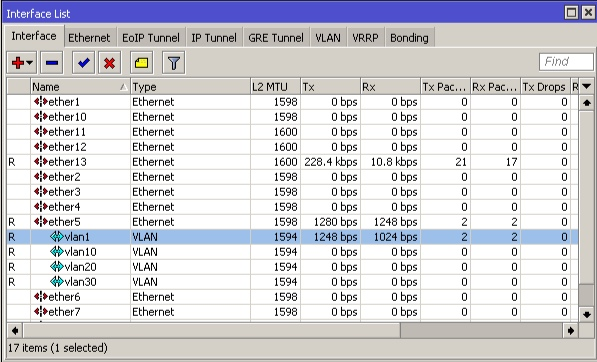The quality of the workmanship is excellent. Pieces are well machined and well finished. The Arkivator dish antennas are also well made and have an extremely tight pattern and good front to back ratio. At 24 GHz, the fresnel zone is small and the beam width of the antennas is very tight so proper alignment is a must.
The link was a bit over a mile, not too far and we were able to align it perfectly resulting in a -59 dBm receive strength, 32 QAM modulation and 100 mbps throughput both directions. Latency was about 1 ms. We used 2 ft dish antennas because we were concerned about rain fade and wanted sufficient link margin for 99.999% up-time.
The setup script was easy and only 4 steps long and I had a working link, very intuitive. You don't have to be SAF certified to understand the interface, again, very intuitive. You have a choice of three channels and the ability to do a frequency scan. Also, changes made to the config can be copied to the remote end with a single button click.
While there are other 24 GHz products out there like the Ubiquiti airFiber that may give more throughput, this one is simple, robust, has the ability to use different antennas. I will definitely push this product to our customers.











